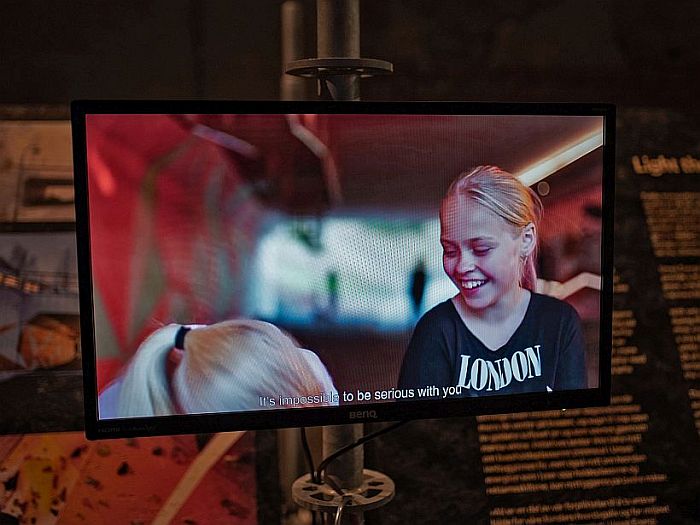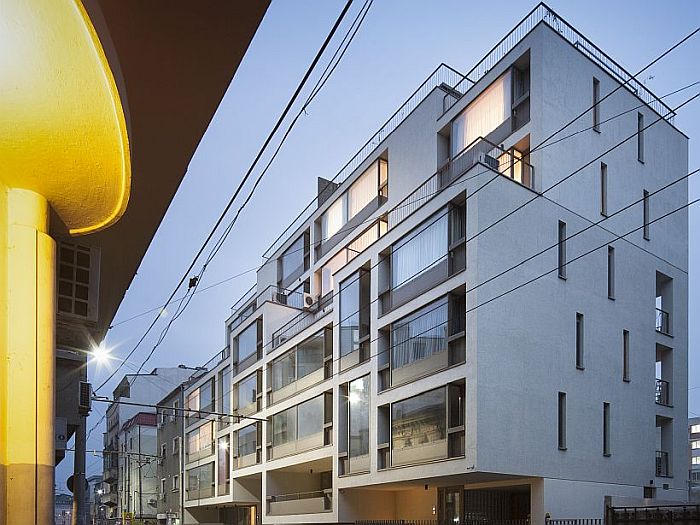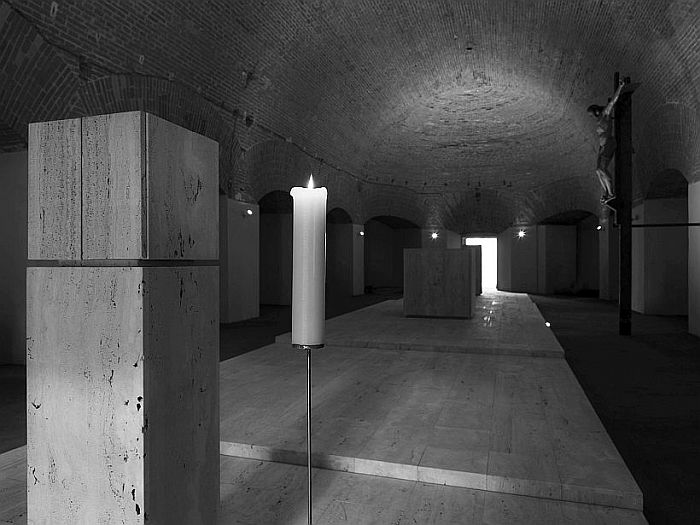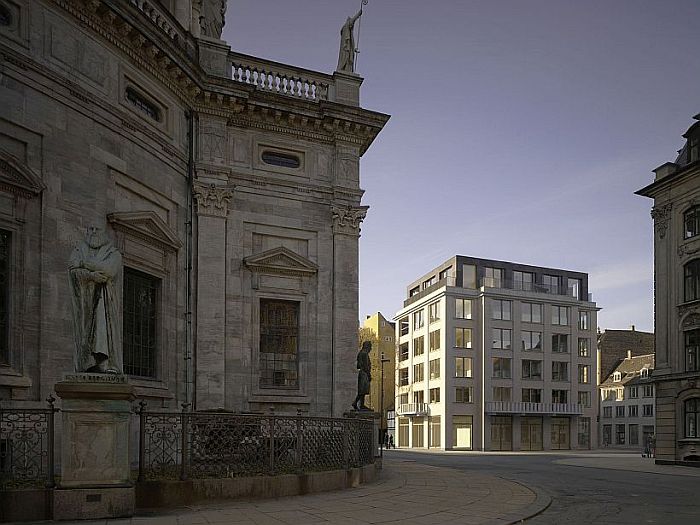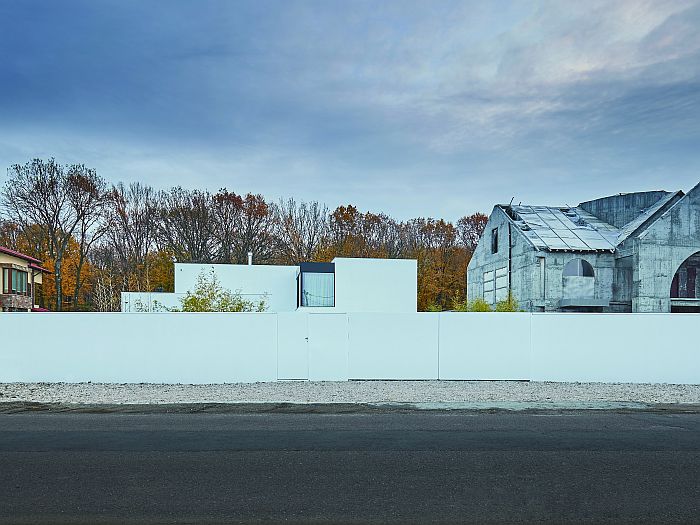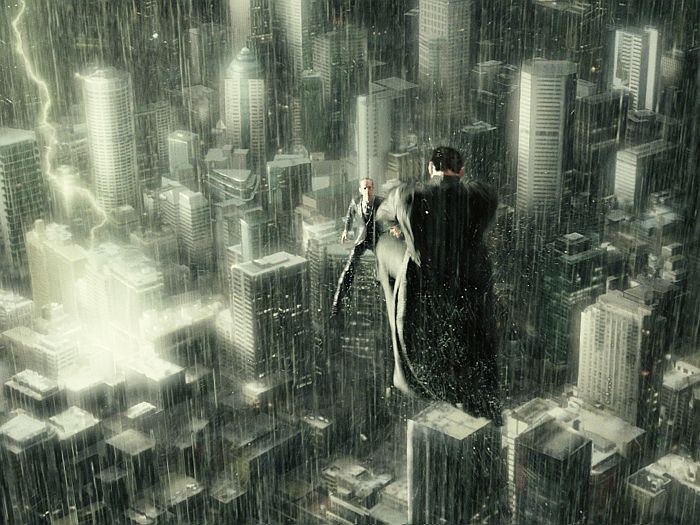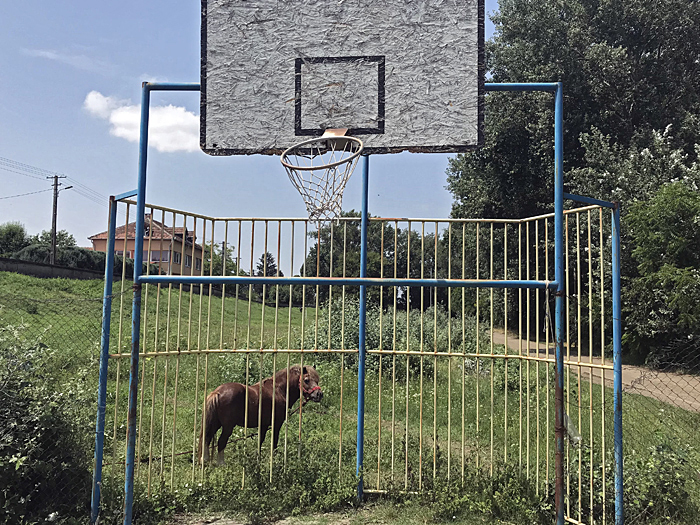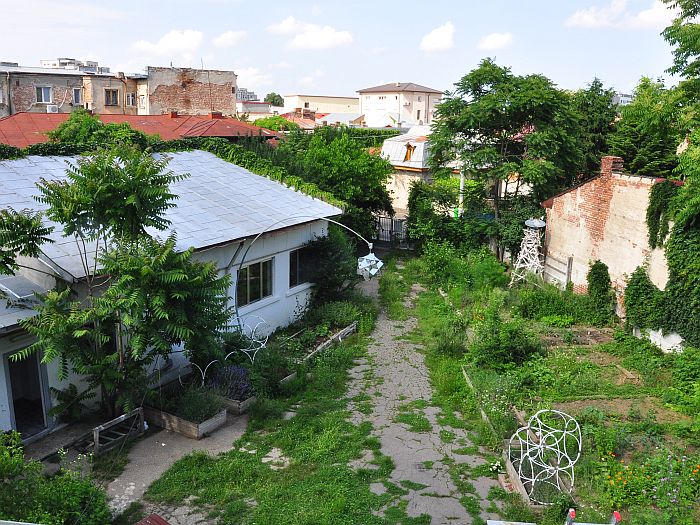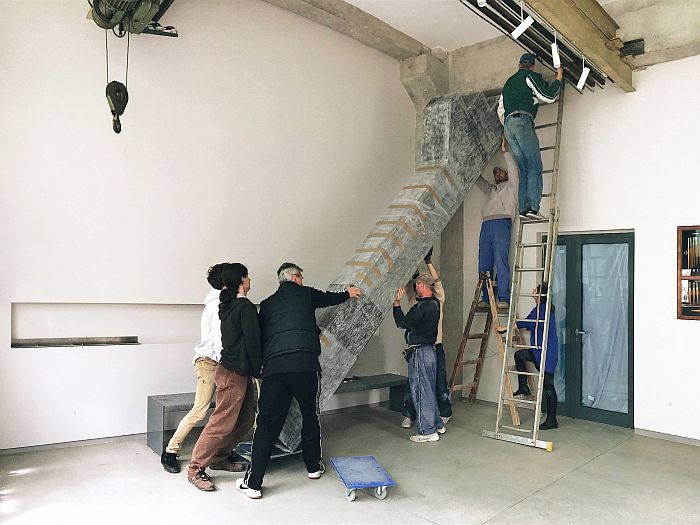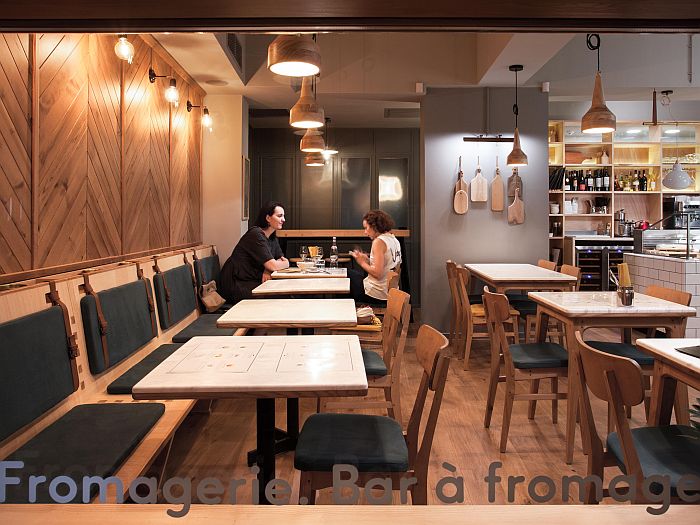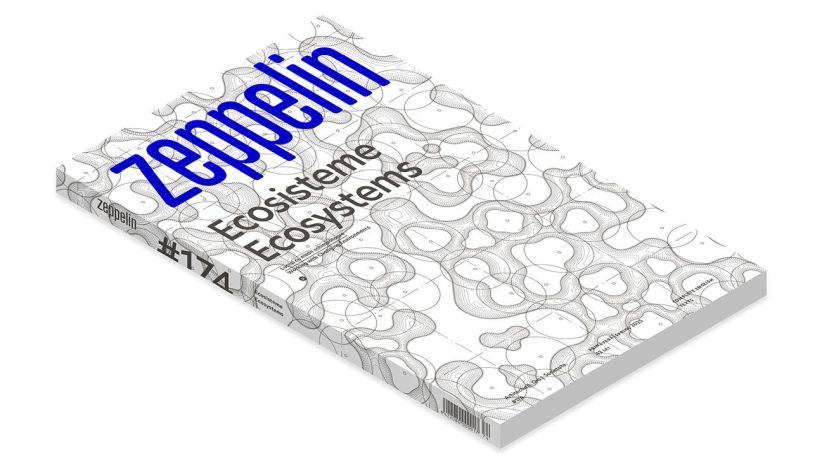Text: Cosmina Goagea
Photo: Joachim Engelstad
A large city is faster than people, and architecture projects are slower than technology. Obviously, current economy gives rise to a great social injustice. All kinds of emergencies condense time so that crisis becomes the norm, the world is increasingly more busy and hotter day after day. A generation of people who are not working for a remote future, but for one that is already here, who are trying to change, on the fly, the way of city-living, the paradigm and the democracy.

